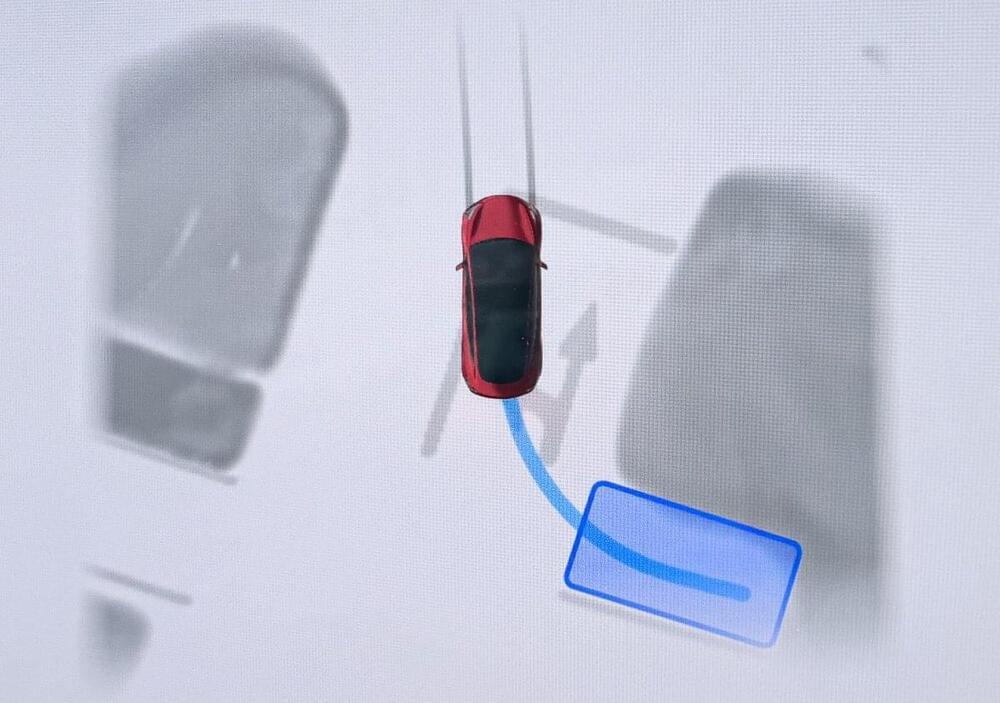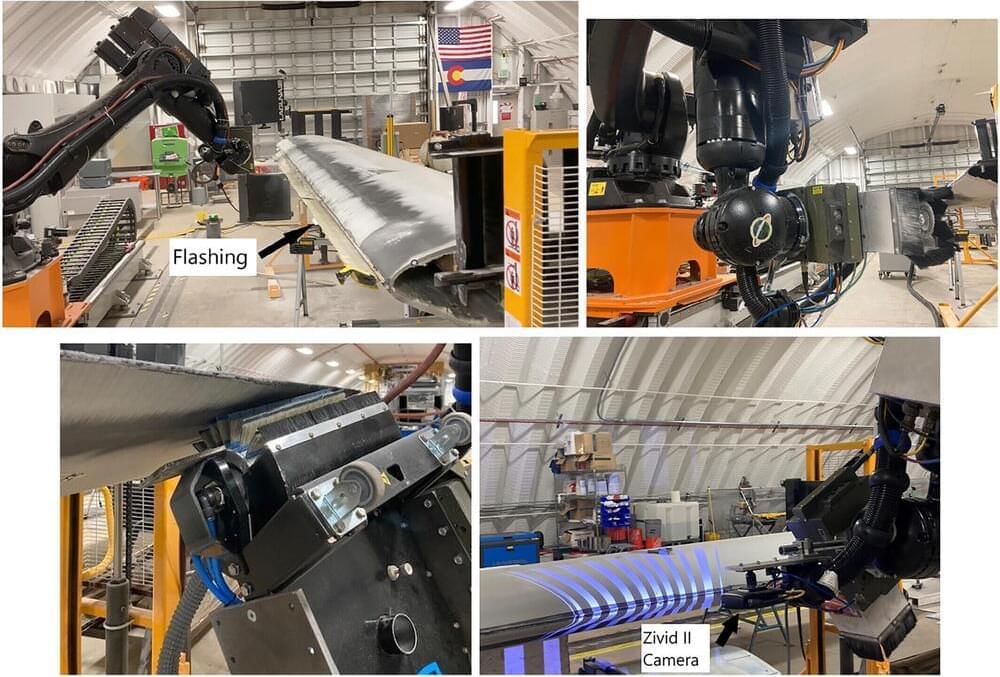A group of Japanese telecommunication firms have developed a high-speed 6G wireless gadget that can carry data at up to 20 times the speed of 5G.
The device can transmit data at 100 gigabits per second (Gbps), at distances up to 330 feet (100 meters).
Four firms, namely DOCOMO, NTT Corporation, NEC Corporation, and Fujitsu, formed a consortium for the project. Since 2021, these companies have collaborated on research and development concerning sub-terahertz devices, foreseeing the dawn of the 6G era.








